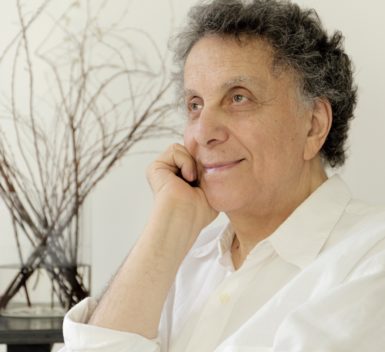ART WORLD NEWS
Kamal Boullata, Palestinian Artist Who Brought His Country’s Past Into the Present, Dead at 77 -ARTnews
[ad_1]
Kamal Boullata.
COURTESY ARAB AMERICAN INSTITUTE
Kamal Boullata, one of the most notable Palestinian artists of all time, has died at 77 in Berlin, where he had been based for the last seven years. His death was first reported by the National, a publication about Middle Eastern culture based in the United Arab Emirates, on Tuesday.
For much of his career, Boullata created abstractions that fused motifs derived from the look of Arabic text and art. These patterns were then combined with the aesthetics of European modernism to create images resembling prisms shot through with light. Occasionally, Boullata’s titles alluded to Western cultural traditions from the present day. In doing so, he made it clear that the Arabic past bore a relationship to what was happening now around the world.
“Every image of the past that is not recognized by the present as one of its own concerns threatens to disappear irretrievably,” Boullata told the National in a 2009 profile.
Some critics have cited his work as part of the huruffiya movement, a loose and pan-Arabic consortium of artists who created abstractions out of Arabic text. Scholars have also identified Iranian modernists Parviz Tanavoli and Hossein Zenderoudi, as well as Lebanese poet and artist Etel Adnan, as being part of the movement.
But, even more so than his art, Boullata may be most famous for writing an art history for Palestine, which has historically been the subject of lesser study by Western scholars than that of Israel. He believed that Palestinian artists who sat idly by had failed to do their job properly, and he saw writing such histories as being integral to his practice.
“I don’t think that you can lead a purely creative life or a purely political life,” Boullata said in the 2009 National interview. “Everything is interrelated, even if we are unaware of that fact. When artists in Gaza were under bombardment and looking after their families, they still kept on thinking about art.”
Born in Jerusalem in 1942, he witnessed firsthand the Israeli occupation of Palestine, and eventually left the country in 1967. He went on to live in exile in various countries, including Lebanon, the United States, and Morocco.
“Boullata remained faithful to Palestine and its cause in its political and humanitarian dimensions,” the Palestinian Ministry of Culture said in a statement. “He defeated with his art the aura of darkness and death that the occupation is trying to consolidate and impose in Palestine.”
The artist’s histories of Palestinian art have been published in both English and Arabic, and they include Palestinian Art: From 1850 to the Present (2009) and Belonging and Globalisation: Critical Essays in Contemporary Art and Culture (2008). His artworks are now held in the collections of the British Museum in London, the Barjeel Art Foundation in the U.A.E., the Mathaf: Arab Museum of Modern Art in Qatar, and the Sharjah Art Museum in the U.A.E.
[ad_2]
Source link











